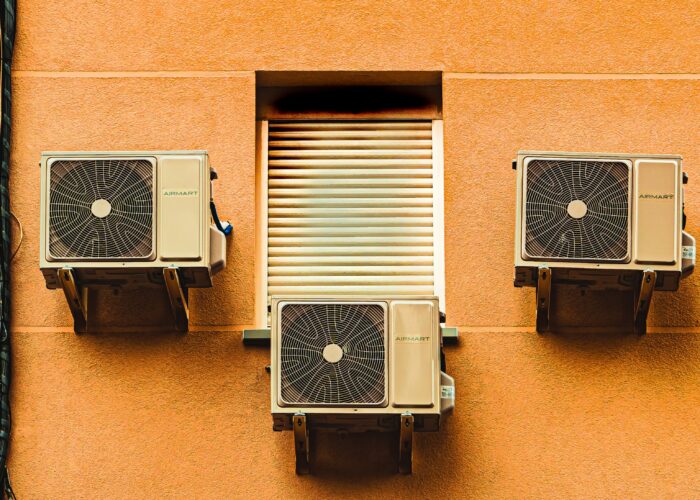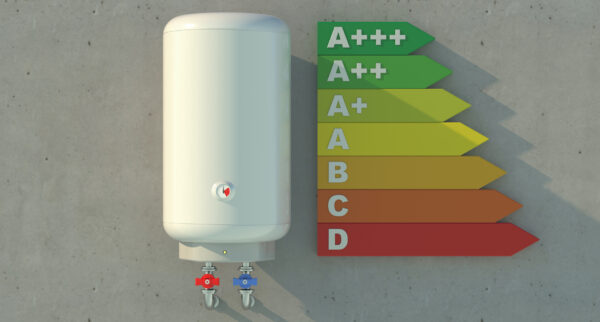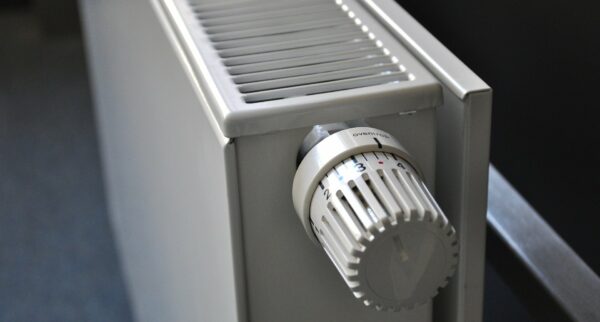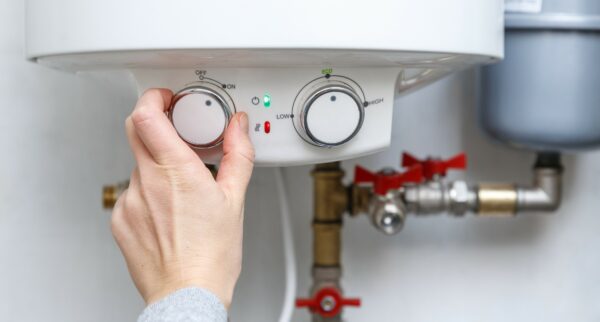
Air conditioning is becoming more popular in homes, apartments, and small offices – these days, you never know when the weather will decide to get scorchingly hot. Choosing the right type of aircon for your property can make a dramatic difference in how you handle sultry temperatures.
While large buildings, shops, and businesses may rely on central air conditioning to keep their internal climates comfortable, such units can be prohibitively expensive for smaller properties. If you want to install air conditioning in all or part of your home or office, there are several other solutions available that may better fit your square meterage.
Which Type of Aircon Is Right for Your Home?
The aircon market includes all kinds of options, from large models that can cool an entire building to extra-small units designed for a bedroom or even a caravan. Let’s look at some of the pros and cons of each type of unit.
Portable/Window Aircon Units
Portable aircons are quite popular in Britain due to their small size and easy installation; there’s no need to call a pro to set one up. Usually, a portable unit cools one or two rooms rather than an entire dwelling. Because of this, portable units tend to cost less to run than central air conditioning.
On the downside, portable air conditioners tend to be noisier and less efficient than central air. This is because the cooling mechanism is inside; it produces noise and (ironically) heat. You’ll also need to vent the exhaust (the hot air) from a portable unit, so it will need to be parked by a window.
Window air conditioners – which sit on a window frame – tend to be less popular in the UK, but they share the same pros and cons as portable units. Of course, it’s a lot easier to move a portable unit from room to room if you need to. And if aesthetics factor into your decisions, window aircon is not the most attractive look.
If you only want to cool one or two areas within your home, a portable unit is a very cost-effective choice.
Split Units: Wall- and Ceiling-Mounted Aircon
Split units (also called mini-splits) occupy the middle ground between portable and central air conditioning. Like central units, they are fixed in place (mounted into a wall or into your ceiling). The unit is split in that the heat- and noise-producing cooling mechanism is outside the building (like a central unit); the vents are inside. Like portable units, splits are easier to install and can be quite flexible in the areas they cover.
There are various types of split units, but the key difference is where you place the vents (i.e. where the cool air comes out). Vents that are set into the wall are wall-mount units; vents that are set into the ceiling are ceiling-mount units. Instead of cooling air, splits cool a refrigerant liquid and use that to cool the room. This means there is no need to install expensive air ducts in your property.
Splits come in single-zone (e.g. one room) or multi-zone (several room) units and can cool a fairly large area. You can control your energy usage by cooling only the room(s) you need.
The main disadvantages to splits is the expense. They cost more to run than portable and window units. Per ton of cooling capacity, they can be more expensive than central air, but this can be offset by only cooling certain areas. On the other hand, splits can be significantly less expensive to install than central air, and there’s no air loss through in-home ductwork.
Central Air Conditioning
Central aircon needs no introduction. We all know the benefits, but what are the downsides?
- Central air requires ductwork. This may already be present in your building if you have newer forced-air central heating; if not, it can be very expensive to install.
- Central air is less energy efficient because the air loses some coolness as it travels through the ductwork.
- There’s less flexibility with central aircon. Other than closing vents and doors in rooms you don’t use, you’re going to be cooling most of the house – regardless of whether you need to or not.
Central air also requires more maintenance than the other options. But if you have a largeish property that you need to keep at a consistent temperature, central air is the way to go.
What About Heat Pumps and Evaporative Coolers?
You can also cool the air with heat pumps and evaporative coolers. These aren’t really air conditioners, as they don’t use a refrigerant to cool the air.
Evaporative coolers use evaporation to cool an area. Because of the potential to build up a lot of moisture in the environment, they shouldn’t be used in a closed room. And the cooling is based on the ambient air temperature; if it’s a humid day, the cooler won’t be very effective. To function properly, these coolers should be placed near a large open window or door. On the plus side, evaporative coolers are cheaper and more environmentally friendly than traditional aircon. Just watch out for condensation!
Heat pumps can heat and cool your house. Essentially, they do this by moving heat around. In cold weather, heat pumps absorb heat from the air or ground and pump it into your house; in hot weather, they pump the heat out of your house. You can read more about how heat pumps work here.
Selecting the Right Aircon Option for Your Property
As you can see, there are several options for keeping your place comfortable during the next heat wave. What you choose will depend on the space you want to cool and how much you can afford to spend.
Air conditioners’ output is measured in BTUs (British thermal units). Some companies also print a suggested number of square meters that their device can cool, but you shouldn’t rely on that estimate. The truth is that square meters are only part of the cooling calculation. Before you buy any type of aircon, make sure that it will cool your space efficiently. Aside from knowing the square meters involved, you should also consider:
- Ceiling height – Higher ceilings mean more area to cool.
- Insulation – A poorly-insulated house lets cool air escape more quickly, which means more BTUs of cooling power are needed.
- Windows and doors – If the space has a lot of windows or very large windows, it will need more BTUs. (Windows trap heat like nothing else; that’s why the inside of your car is scorching on a hot day.)
- Room use – If you’re cooking, baking, running a lot of machinery, etc., the air will be substantially warmer. This means adding additional BTUs to your calculation.
- Occupants – The more bodies in the room, the more heat they will produce and the harder the aircon will work to keep things cool.
Even if you’re buying a portable air conditioner, you may want to speak with a knowledgeable person to make sure you’re not buying a unit that’s too small or too big for your needs. Too much aircon creates its own difficulties.
If you’re buying a split or central air conditioning system, you’ll probably need a professional to install it (although DIY splits are available). They’ll help you choose the right aircon for your property, goals, and budget.
Whatever your cooling needs are, there is an air conditioner that will suit your property. If you’d like expert help in making your choice, call JustAircons today!




